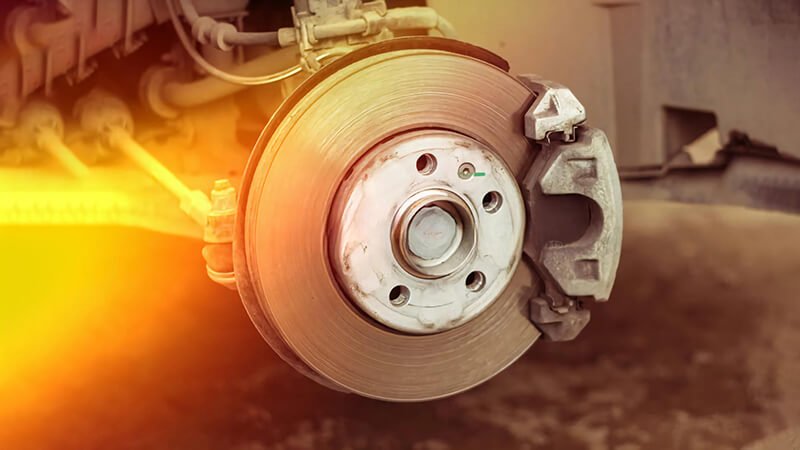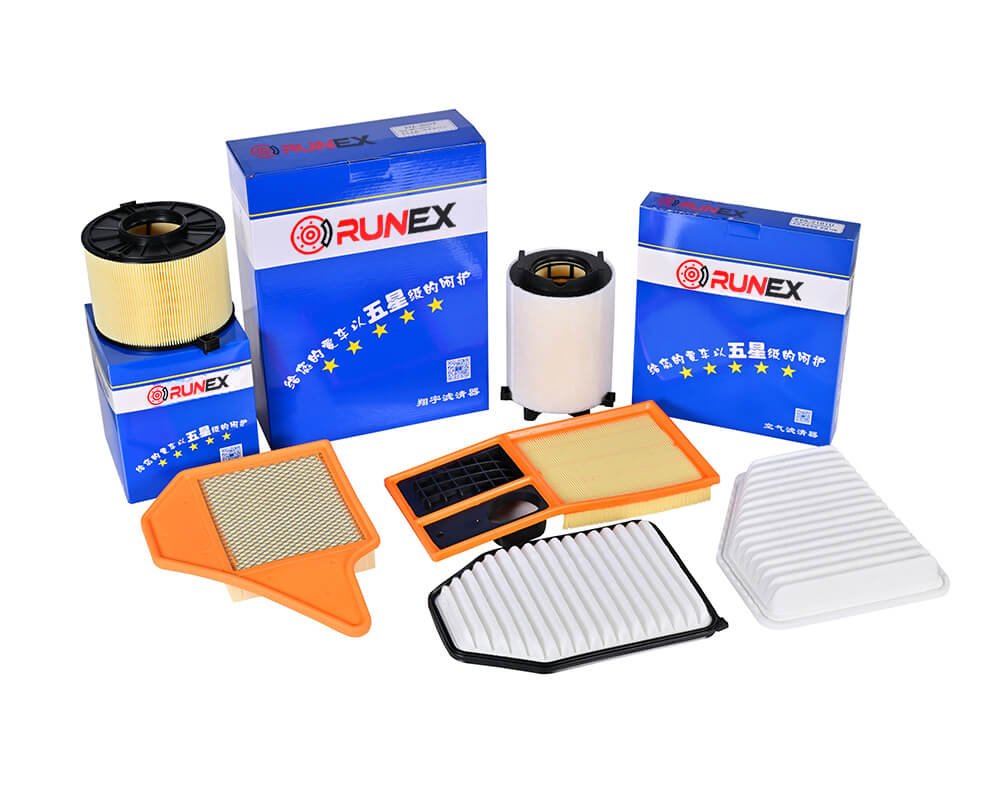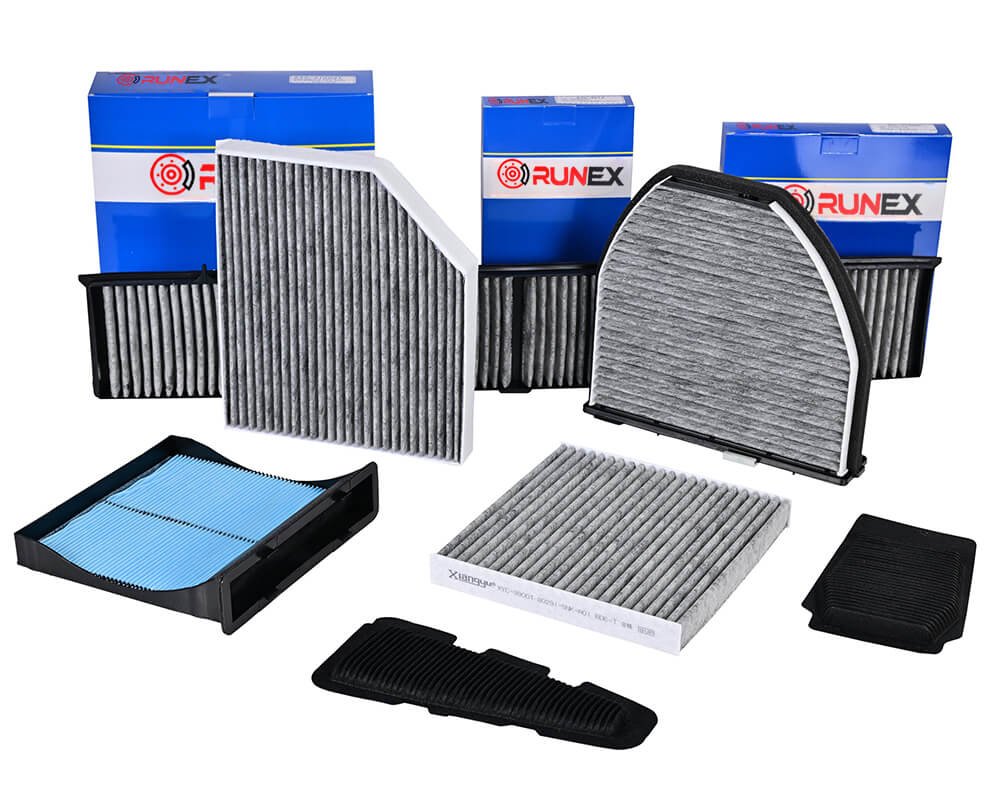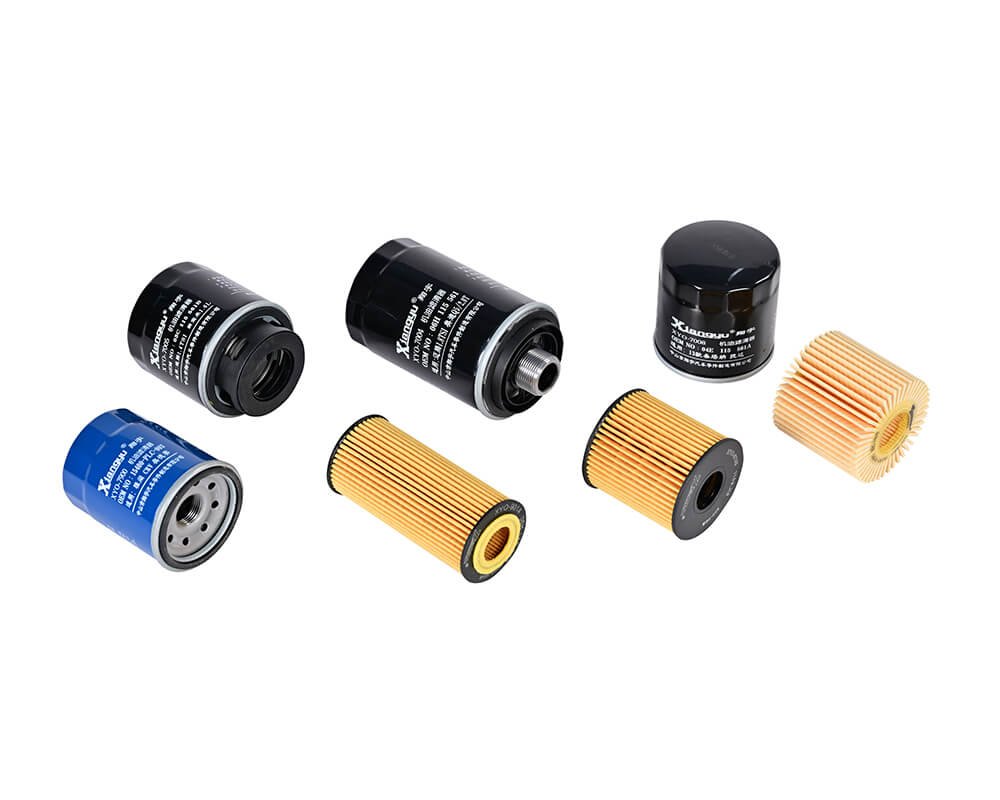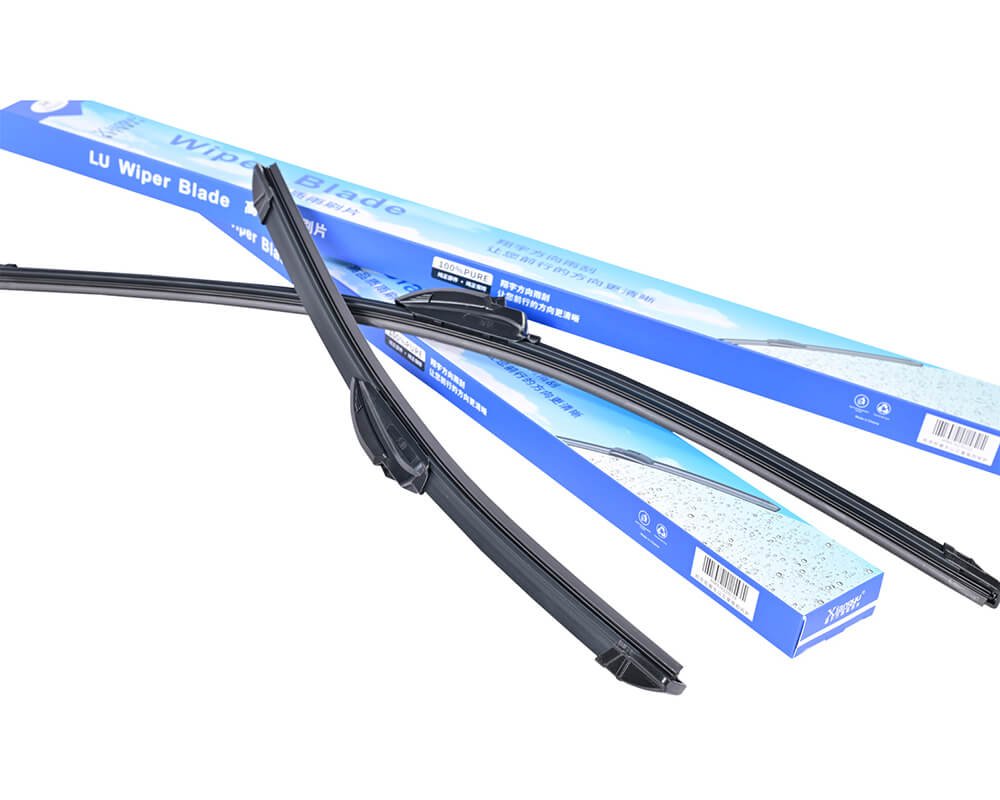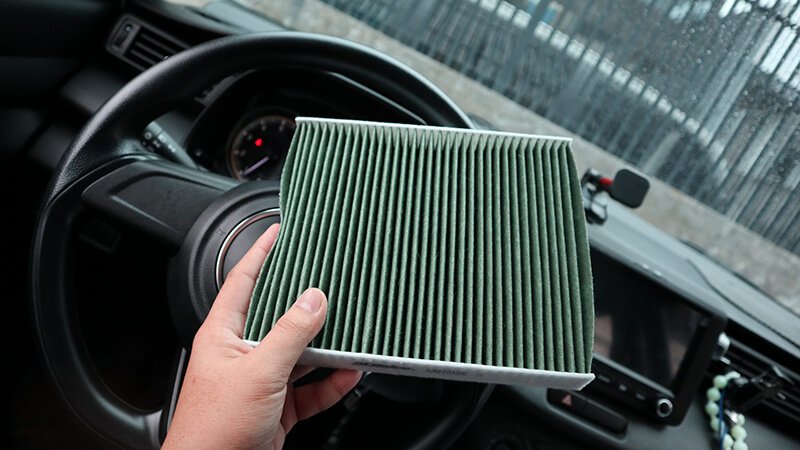When your brakes start to squeal, it’s tempting to fix just the part that’s clearly worn. But is replacing only the front brake pads a smart long-term choice—or a shortcut that could backfire?
Yes, replacing only the front brake pads is often acceptable—if the rear ones are still in good shape. But skipping a full check risks noise, poor braking, and customer complaints.
Many drivers and even some mechanics focus just on the most obvious wear. But as a brake pad supplier, I’ve seen how small savings can turn into bigger costs. Let’s break down the questions I get from clients around front vs. rear replacement—and how we at Runex Auto advise partners to avoid costly mistakes.
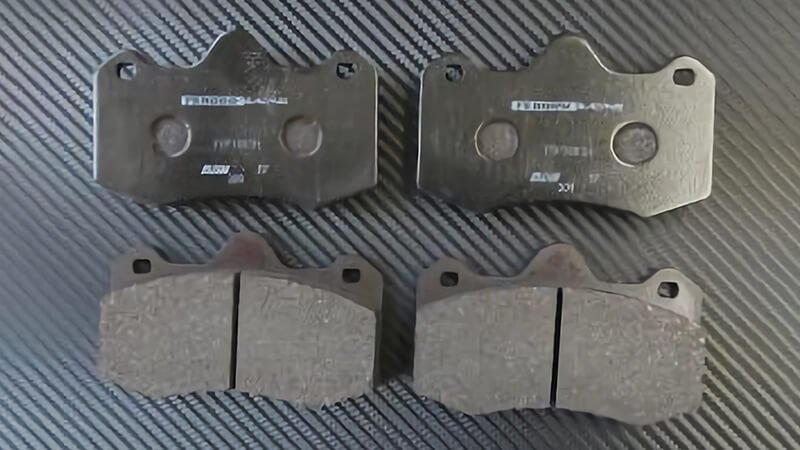
Is it okay to only replace front brakes?
You want to save money. Your front pads are worn. The rear still "looks okay." Should you replace only the front ones?
Yes, it's okay to replace just the front pads—if the rear pads still have enough material left and show no damage. But skipping inspection or ignoring rear wear can lead to uneven braking and longer stopping distances.
How Runex Helps Reduce Risk with Better Front Pads
Front brake pads take the majority of the braking load—up to 70% in some vehicles. At Runex Auto, our brake pads are engineered with advanced friction formulas1 that ensure consistent wear and performance, even under high-stress conditions. This is why many clients trust our front sets for fast replacements. But that doesn’t mean ignoring the rear.
Key Considerations:
| Factor | Front Pads | Rear Pads |
|---|---|---|
| Wear Rate | Higher | Slower |
| Load Bearing | Heavier | Lighter |
| Cost | Moderate | Often Lower |
| Replacement Frequency | More Frequent | Less Frequent |
One of our UK clients once chose to replace only the front pads on a fleet vehicle to cut short-term costs. A few weeks later, rear squeals began, and the brakes felt "unbalanced." After consultation, they started checking all corners of the system during routine maintenance—saving time and keeping customers happy.

Is it better to replace front or back brakes?
If you have a limited budget, should you prioritize front or rear pad replacement?
Always prioritize the front brake pads—they handle more force and wear faster. But don’t ignore the rear pads. Neglecting them can cause brake imbalance, faster front pad wear, and in some cases, rear disc damage.
Why Front Pads Matter More—but Not Alone
At Runex Auto, our front brake pads2 come with heat-resistant, noise-dampening shims and semi-metallic friction material. This means they last longer and offer smoother braking. Still, good front pads don’t work alone. Rear brake issues can reduce your overall stopping power or trigger electronic brake distribution alerts.
Why Replace Fronts First:
- Wear rate is 2x faster than rear in most sedans and SUVs.
- More force applied during emergency stops.
- Runex friction compound3 provides controlled, even stopping—especially under sudden load.
Still, if rear pads are near their wear limit, they’ll add strain to your new fronts. That means more dust, more complaints, and possibly brake fade in extreme cases. I’ve seen resellers come back frustrated that they only swapped front sets—only to face returns weeks later because rear pads squealed or vibrated.
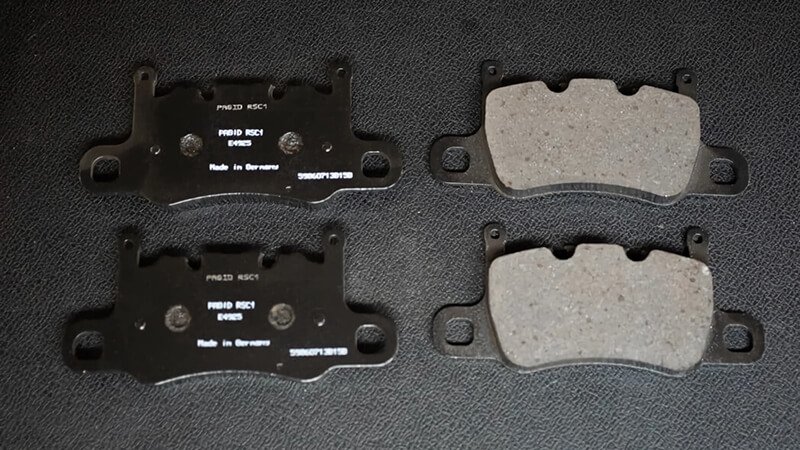
Do I need to replace brake pads on both sides?
You replaced the driver’s side brake pad—now the passenger side seems fine. Can you just replace one side?
Never replace brake pads on one side only. Brake pads must always be replaced in pairs—both front or both rear—to maintain even braking and avoid pulling, noise, or wear issues.
The Safety Logic Behind Pad Pairs
Uneven brake pads don’t just wear your brakes faster—they affect your steering, especially during hard stops. Runex Auto pads4 are built for consistent thickness and pressure distribution, which means when they’re installed as a pair, braking feels smooth and predictable.
What Happens with One-Sided Replacement:
| Problem | Cause | Result |
|---|---|---|
| Car pulls to one side | Uneven friction | Dangerous stopping |
| Uneven pad wear | One old, one new | Premature failure |
| Brake noise | Material mismatch | Squealing or grinding |
A distributor once tried replacing just one side on an old delivery van. The driver complained of steering pull during braking, which led to a safety check—and a lost client. Since then, they’ve followed the “always in pairs” rule for every brake job.
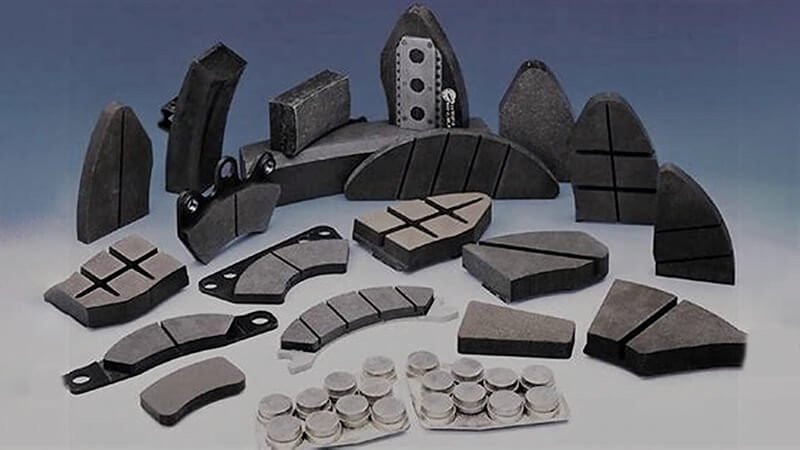
Can I just change brake pads and not discs?
Your discs look okay—just a little glazed. The pads are worn. Can you just replace the pads and keep the discs?
Yes, you can replace only the brake pads if the discs are still within thickness tolerance, not warped, and show no deep grooves. However, worn discs may reduce new pad life or cause vibration.
Disc + Pad Matching Matters More Than You Think
Runex Auto brake pads are designed to bed in quickly—even on lightly used discs. But if the rotor surface is uneven or thinned, it won’t give the new pads a good foundation. This can cause noise, uneven wear, or loss of friction. We recommend using a micrometer5 to check disc thickness and surface before reusing them.
How to Decide:
| Disc Condition | Recommendation |
|---|---|
| Smooth, no grooves | Pad-only OK |
| Minor scoring, no warping | Resurface + pad |
| Deep grooves or rust | Replace both |
| Warped or thin | Replace both |
We’ve had clients who tried saving costs by replacing pads only. A month later, customer returns showed brake fade6 and pulsation. After we guided them on disc inspection7 using Runex’s OEM specs, they saw a drop in complaints and better customer retention.
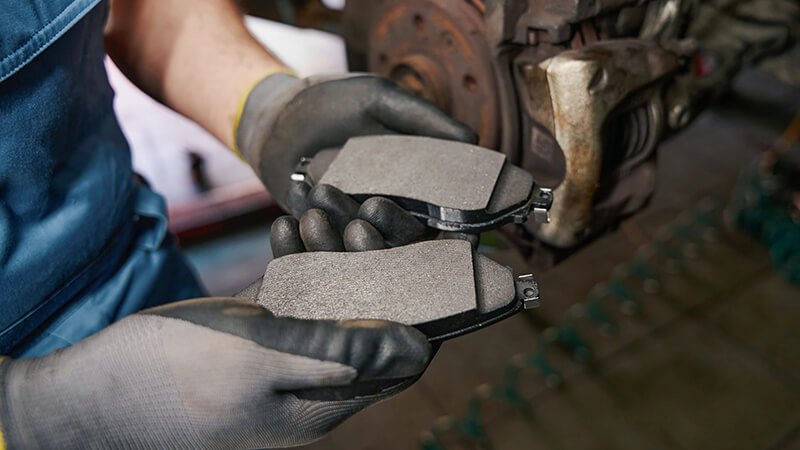
Conclusion
Replacing only the front brake pads 8 can be the right move—if done carefully. At Runex Auto, we always recommend checking the full brake system, including rear pads, discs, and wear sensors. Our brake pads are engineered for balance, performance, and peace of mind. Still, even the best pad can’t solve problems caused by uneven wear or poor inspection. Our partners who follow full-system checks not only avoid returns—they gain trust and repeat customers. Your braking system deserves more than a shortcut.
-
Learn about advanced friction formulas and their role in enhancing brake pad durability and effectiveness under stress. ↩
-
Explore the advantages of front brake pads to understand their crucial role in vehicle safety and performance. ↩
-
Learn about Runex friction compound to see how it enhances braking efficiency and safety in vehicles. ↩
-
Discover how Runex Auto pads ensure consistent braking performance and enhance safety on the road. ↩
-
Understanding how to use a micrometer can enhance your brake inspection skills, ensuring safety and performance. ↩
-
Learn about brake fade to ensure your vehicle's braking system remains reliable and safe during operation. ↩
-
Proper disc inspection techniques can prevent costly repairs and enhance vehicle safety, making this knowledge invaluable. ↩
-
Find the best OEM Brake Pads from Runex Auto. ↩

